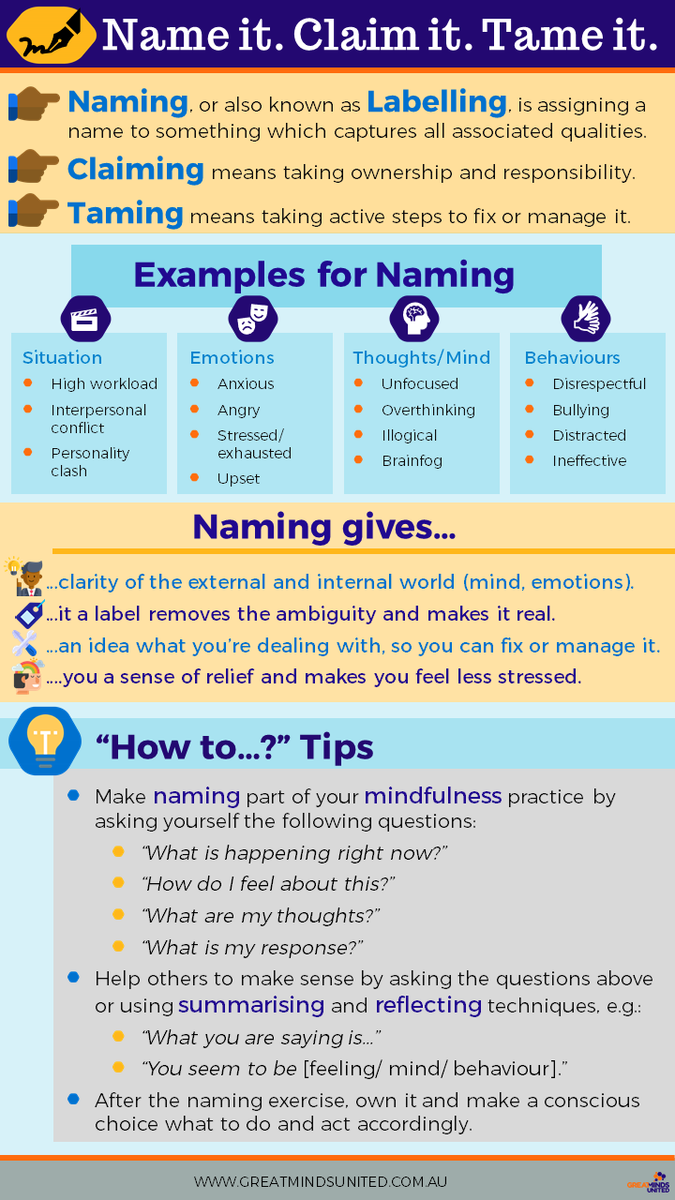From the Counsellors

The Zones of Regulation
In the Junior School, we have been introducing to students the 'Zones of Regulation' (ZOR) program.
ZOR is primarily used to help students to self-regulate. Self-regulation refers to a person's ability to adjust their emotions and the way they are displayed through behaviour.
ZOR focuses on four zones:
- Blue zone: A low state of alertness, e.g., feeling sad, tired, sick or bored. One's brain and/or body is moving slowly or sluggishly.
- Green zone: A regulated state of alertness, e.g., feeling calm, happy, focused or content.
- Yellow zone: A heightened state of alertness, however there is some control when in this zone, e.g. feeling stressed, frustrated, anxious, excited, silly, nervous or confused.
- Red zone: An extremely heightened state of alertness or experiencing intense feelings, e.g. feeling angry, panicked, terrified or devastated. In this zone, one experiences loss of control and being overwhelmed by one's feelings.
The four zones help us to label our emotions in a simple way. This is beneficial when we are in a heightened state as our survival instincts (fight, flight, freeze) take over and we often lose our ability to think rationally and communicate efficiently. So, what can we do?
Name it
The first step is to 'name it'. This means helping children and adolescents identify/ label what they are feeling, or how heightened we feel. This helps when we might not be able to label the specific emotion.
Claim it
Secondly, we need to 'claim' it. Statements like 'I'm in my red zone' or 'I'm angry' demonstrate that one is claiming and taking ownership of the emotion. This allows us to move on to the next step.
Tame it
This is where we help children and adolescents generate healthy, realistic ways to self-regulate rather than displaying their emotions through behaviour (i.e. hitting). Self-regulation strategies include:
- Talking to a trusted adult
- Running your anger out
- Listening to music
- Taking a five-minute break
Useful resources:
The Yes Brain by Daniel J. Siegel and Tina Payne Bryson
No-Drama Discipline by Daniel J. Siegel and Tina Payne Bryson
Name it. Claim it. Tame it (plus infographic)
Taylor Fletcher (Kinder–Year 6) and
Rachel Sylvester (Years 7–12)
SMC Counsellors

